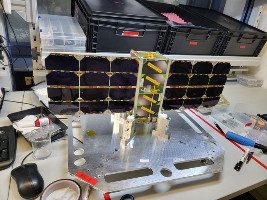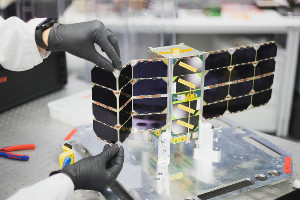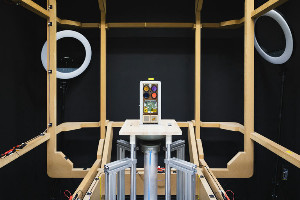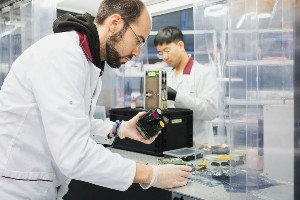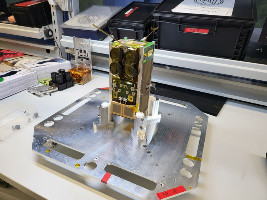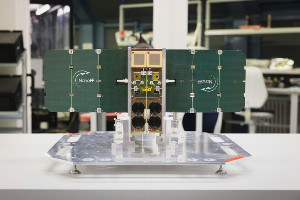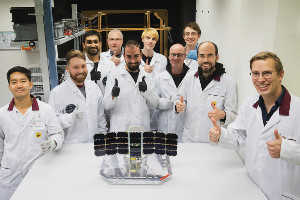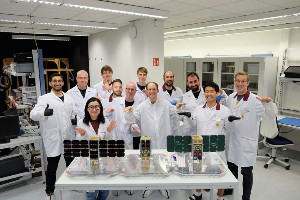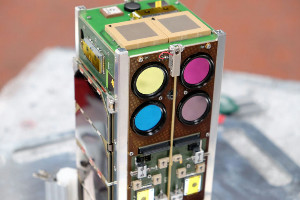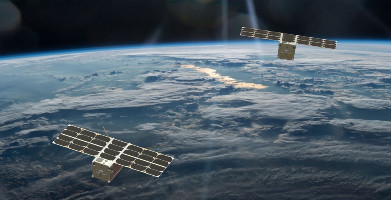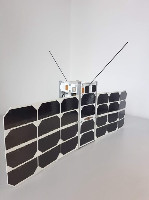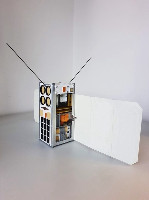| Satellite | BEESAT 14-15 |
|---|---|
| Type | CubeSat |
| Units or mass | 2U |
| Entity name | Technical University of Berlin |
| Institution | University |
| Entity type | Academic / Education |
| Country | Germany |
| Oneliner |
Formation flying and multispectral camera. |
| Description |
Perform formation flight maneuvers there. The primary mission goal is to fly a helix orbit. The satellites can be moved anywhere on their tracks to change the distance and to demonstrate different application scenarios. As part of the mission, further formations will be taken, in which one satellite will autonomously maintain its relative position to the second. As a payload, each satellite will fly a camera system with four narrowband spectral channels, both of which may be equipped with different optical filters. This would allow for a wider range of scientific data. The camera system is calibrated radiometrically, the ground pixel resolution is 39 m with a windrow width of more than 160 km in a 575 km SSO. An X-band transmitter is used to download all generated data. |
| Results |
|
| Sources | [1] [2] [3] [4] [5] [6] [7] [8] [9] [10] [11] |
| Photo sources | [1] [2] [3] [4] [5] [6] |
| Keywords | Formation flying, Propulsion |
Related Spacecraft
| Spacecraft | Status | Launcher | Launch date | Orbit |
|---|---|---|---|---|
| BEESAT-14 (NanoFF-A, NanoFF 1, NANOFF A) | Operational | Falcon 9, (425 Project), (D-Orbit ION) | 2023-12-01 | 560 km, 97.6 deg |
| BEESAT-15 (NanoFF-B, NanoFF 2, NANOFF B) | Operational | Falcon 9, (425 Project), (D-Orbit ION) | 2023-12-01 | 560 km, 97.6 deg |
Last modified: 2024-08-24
